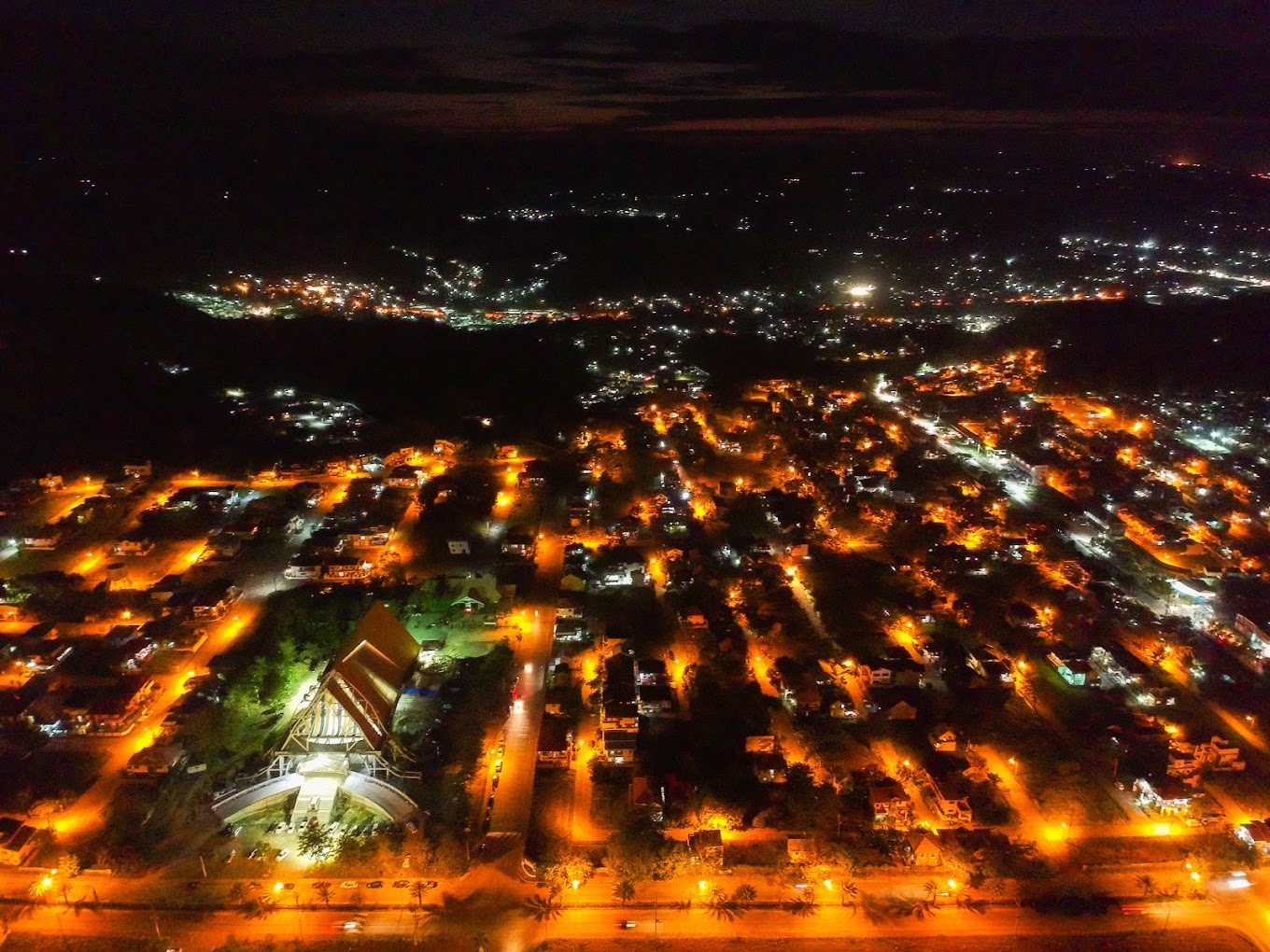From a sleepy little town in the 50s to the 80s, Cagayan de Oro City has gradually expanded its environs: first towards the Cogon Market area, thence to the Lapasan Central Business District when the Limketkai Clan put up its Limketkai Center. This was the first wave of its urban expansion.

(image courtesy of Limketkai Center)
However, it would be the move to Uptown Cagayan de Oro that most probably exemplifies its quantum leap from its traditional role as the Gateway to Mindanao, to one of the Philippine top metropolitan areas which NEDA projects to be the country’s fourth metropolis by 2025.
In his paper “Historic overflow: urban explosion of the small riverside town of Cagayan de Misamis”, Prof. Eric S. Casino, Ph.D. traces the origins of Cagayan de Oro from a village in the lower Cagayan river valley to its continued rise as a vibrant and expanding metropolis.
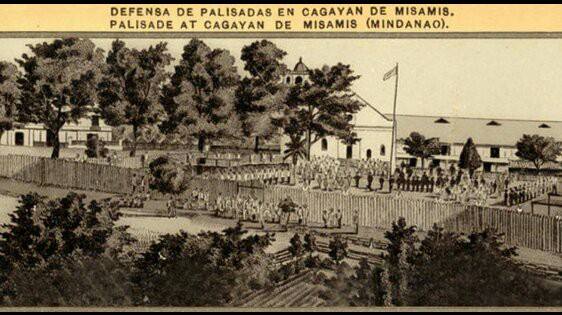
In the section “Explosive urbanization in Cagayan’s left bank,” Casiño notes how the settlements on the left bank of Cagayan River were once considered in the rural periphery and outskirts of the town.
“Carmen, Kauswagan, Bonbon, Bayabas, Patag, Bulua, and Iponan, were generally accessed from the sea, until 1870 when Spanish public works begun to construct rudimentary roads linking the coastal towns to Cagayan.”
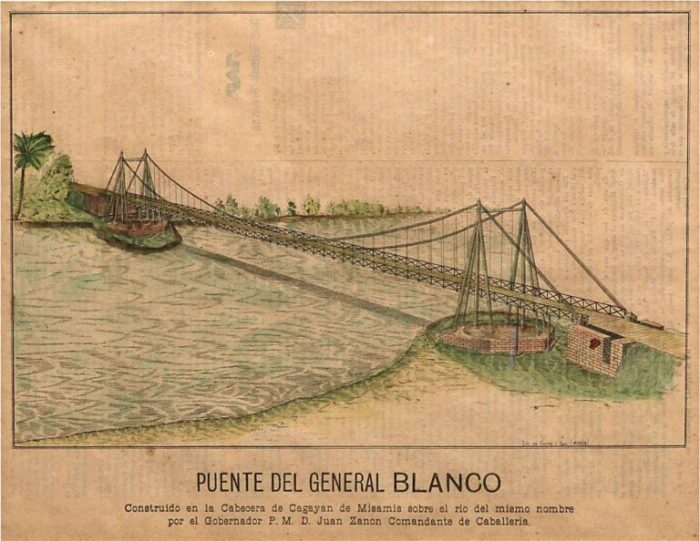
He notes how Cagayan’s expansion towards these left bank communities began with the building of the “Puente del General Ramon Blanco,” the first suspension bridge across Cagayan River around 1894. Although it collapsed on the day of its inauguration, it was repaired, but was washed away by the great flood of 1916. Rebuilt by the Americans in 1931, it was blown up by the retreating USAFFE forces in May, 1942 to deny its use to Imperial Japan but subsequently rebuilt in 1947.
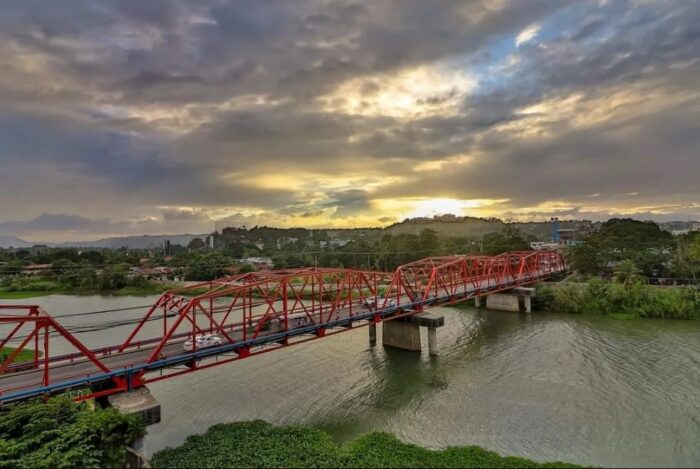
“Carmen Bridge (now named Gov. Paciencio Ysalina Bridge) is historic and pivotal. It was appropriately named because at one time it was the only bridge linking the old town to the Carmen district across the river. It was the only bridge across the river for trucks and buses to travel between Butuan and Iligan. It became so heavily congested that it forced the city to construct more bridges.”
With the coming of the new millennium, the city built several new bridges across Cagayan River which perked urban growth by providing provided additional cross-river connections that further increased the volume and flow of traffic of people and products, further stimulating urban growth all around the periphery of the gird, reaching along the upper river valley and up the adjacent foothills in Camaman-an, Macasandig, Balulang, Taguanao, and Indahag.
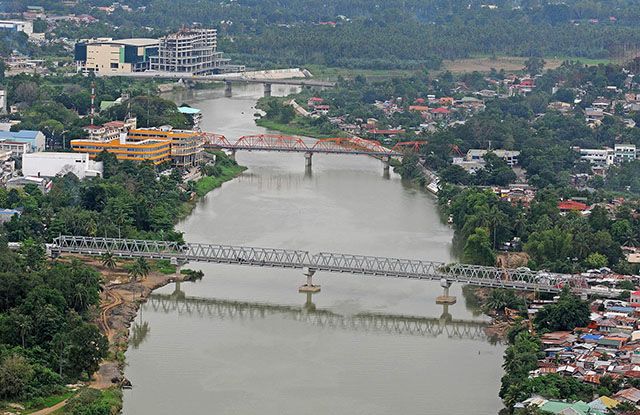
The seven bridges now spanning Cagayan River and an eighth under construction in Macabalan complement the vastly improved road infrastructure to upland barangays like Bayanga and Dansolihon, arterial roads to Bukidnon, Davao and Cotabato, and makes it easier to access by residents from those areas.
Urbanization shifts to upper Carmen and upper Balulang
Long before Uptown Cagayan de Oro transformed into the city’s latest central business district, Jesuit visionary Fr William F. Masterson, S.J. already envisioned the city’s future when he established the Manresa Farm in Upper Balulang in 1953. Similar to the way in which he moved the Ateneo de Manila campus from Padre Faura to Katipunan, Fr. Masterson eventually proved his critics wrong, later establishing the XU College of Agriculture and South East Asia Rural Social Leadership Institute (SEARSOLIN) in the area.
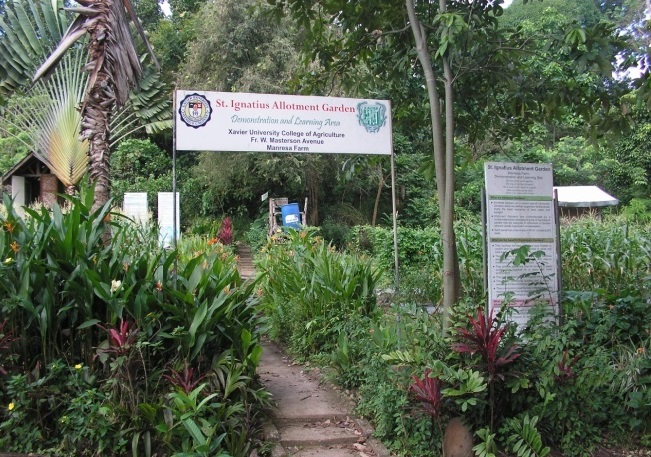
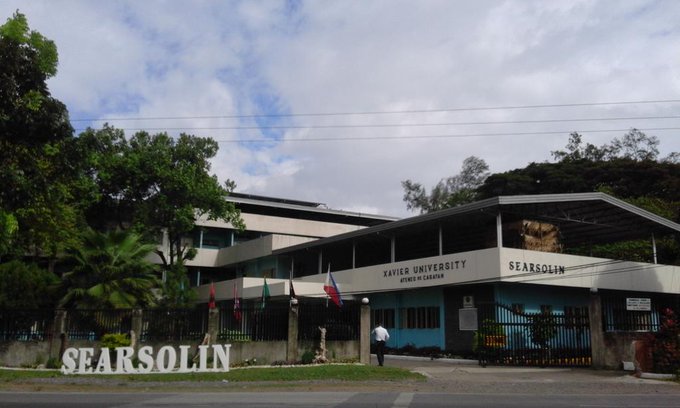
However, even with the presence of early upland movers like the Alta Vista (later Alta Tierra Hotel now Pryce Plaza); the Seventh Day Adventists South Philippine Union Mission (SPUM), and the presence of the Lumbia Airport, what now encompasses Uptown Cagayan de Oro remained mostly undeveloped.
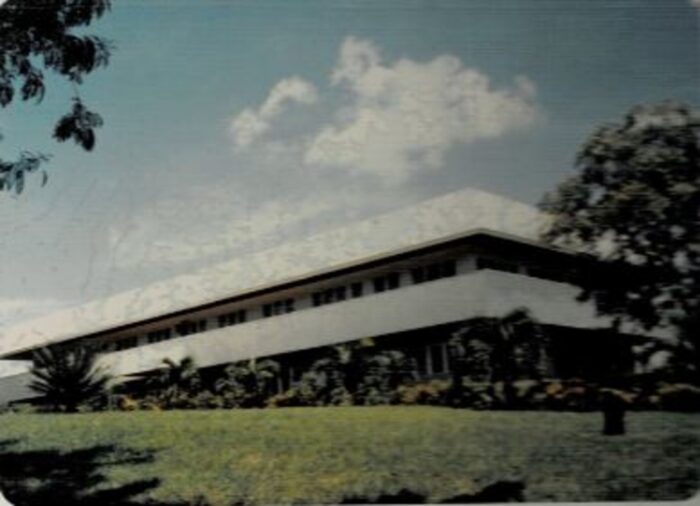
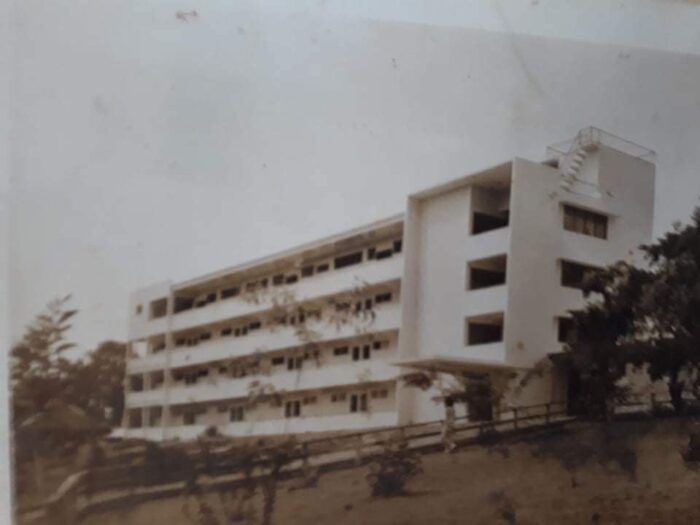
The first phase of the second movement uptown began when Xavier University developed some of its land holdings into residential subdivisions like Xavier Estates, Xavier Heights, and Xavierville. The Villar Group brought in their Camella Homes, River Grande Mansions, and the Gran Europa complex of subdivisions in Lumbia.
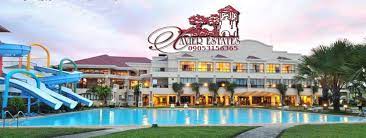
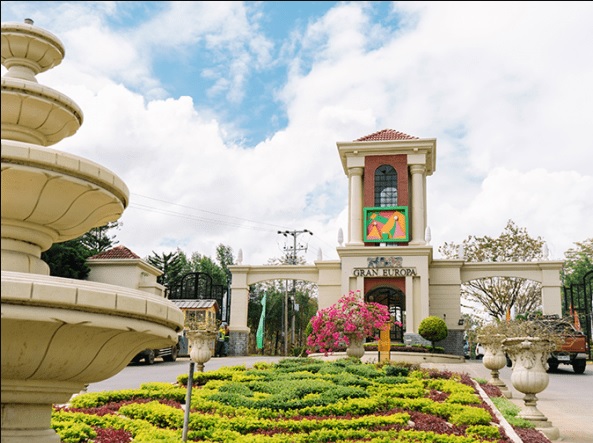
Metro Cagayan de Oro: the second urbanization wave
If Fr. William Masterson was a visionary, so is taipan Guillermo D. Luchangco who founded the 400-hectare Pueblo de Oro Township across Manresa Farm.
In the early 1990s when urban development in Cagayan de Oro was still concentrated around the right bank, Mr. Luchangco recognized the potential global competitiveness of Cagayan de Oro, and chose to locate their biggest residential/commercial investment in the country here, in the upland periphery off the left bank.
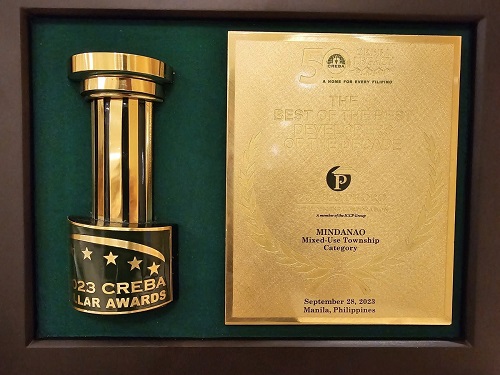
However, in stark contrast to the first mover residential subdivisions then starting Uptown, Pueblo de Oro instead chose to establish a self-contained mixed-use township with residential, commercial, industrial and institutional establishments so people working and living in it didn’t have to travel far for their needs and wants.
The taipan said the group had to put a lot of study into the choice of location for the Pueblo de Oro Township, which was the largest single project the company has undertaken to date so they had to be careful in selecting the site.
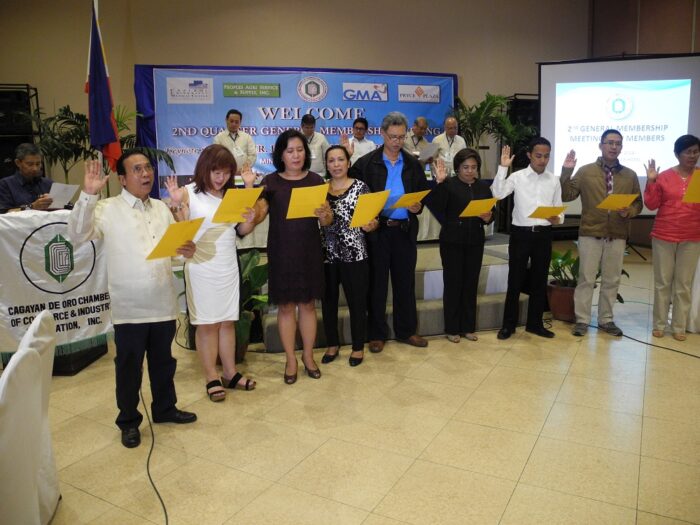
“This study showed that Cagayan de Oro offers many attractions to businesses in terms of economic prospects, availability of quality human resources ready and willing to work, infrastructure and accessibility. It is, pardon my English, a damn nice place to visit or to invest in or to live and work in.”
But the taipan wasn’t content with merely locating Pueblo de Oro in an area which had hitherto been brush and pastureland. He tirelessly championed the location as the future growth area of the city and cajoled leading businessmen to locate their enterprises there.
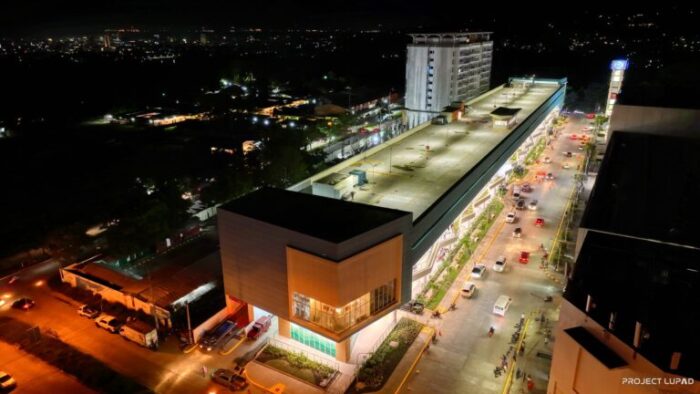
Foremost is SM City Cagayan de Oro, the first SM Supermall in Northern Mindanao. The anchor locator of the Pueblo de Oro Business Park, it opened on November 15, 2002 when most of the township was still bare brush and pastureland.
Others soon followed: Concentrix Philippines started the first large scale call center in Cagayan de Oro in 2005 as Link2Support; the Korean Infinite Forest Group (IFG)-Koresco Corp.’s Hotel Koresco in November, 2005 (after scouring for the best sites around the country); and the Primavera Residences condominium, the first project of Filipino-Italian joint venture Italpinas Development Corporation established in 2010 by Italian Architect Romolo Valentino Nati and Filipino Partner Jose D. Leviste III.
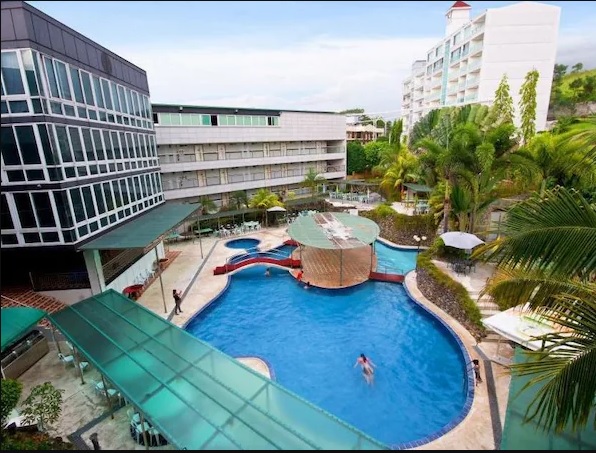
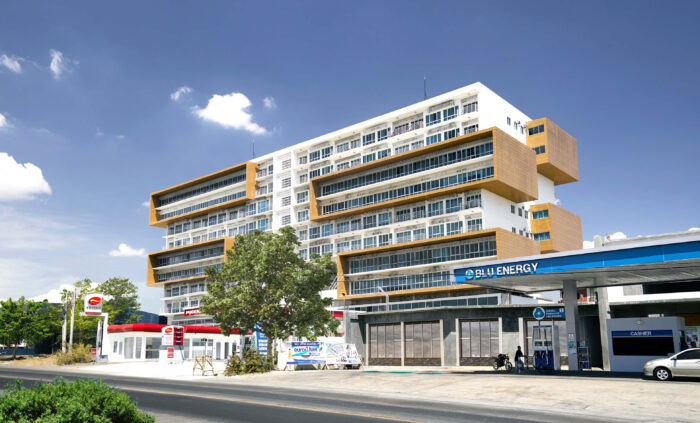
The growth Pueblo de Oro was spurring in the Uptown Cagayan de Oro area also convinced two of the city’s leading schools to expand Uptown: Xavier University-Ateneo de Cagayan’s 12.8-hectare campus fully integrated XU Grade School into the XU Basic Education Complex along with its Pre-school, Junior High, and Senior High Schools (Academic Track and ALGCIT), and the Xavier Ateneo Sports Centre in 2017. Corpus Christi School also opened its Pueblo de Oro campus catering to grade school, junior and senior high school.
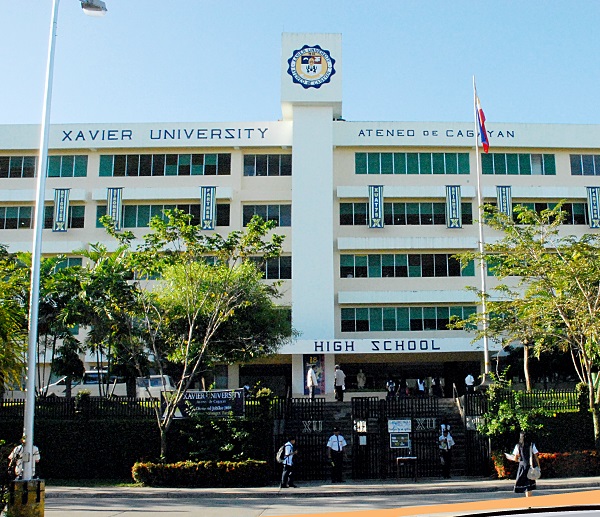
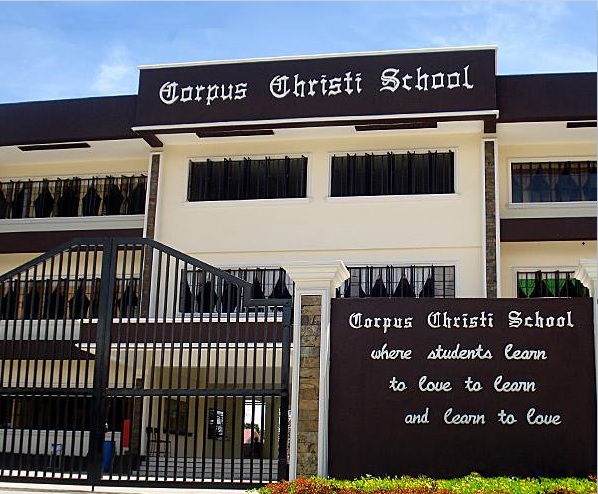
Barely two decades and eight years on [1990s to 2023], the Pueblo de Oro Township has grown into a self-sufficient 400-hectare township with no less than sixteen residential communities, a burgeoning business park, top educational institutions, world-class all-weather golf course designed by renowned architect Robert Trent Jones II, and a bevy of other business establishments that has made it a truly, self-sufficient central business district, leisure and sports hub in one.
Casiño hailed how visionaries built on the insights, the advances, and the social capital of their predecessors, amplifying what they discover when they first arrive at the scene.
“There would be no Guillermo Luchangco without the pioneering tracks of a William Masterson, of a Bishop Hayes, a Justiniano Borja, an Apolinar Velez, a General Capistrano, a Tirso Neri, an Emmanuel Pelaez, an Oloy Roa, a Chaves, an Emano, a Moreno, and so on down a chain of other visionary predecessors known and unknown, back to El Padre Capitan and to Datu Salangsang on his Huluga rock fortress, who started it by befriending the Spanish missionaries,” he wrote in his paper.
“When he picked Cagayan de Oro, Luchangco considered Cagayan’s ranking in the competitiveness index, examining its scores based on four main pillars – economic dynamism, government efficiency, infrastructure, and resiliency. These were the givens he came upon to build on.”
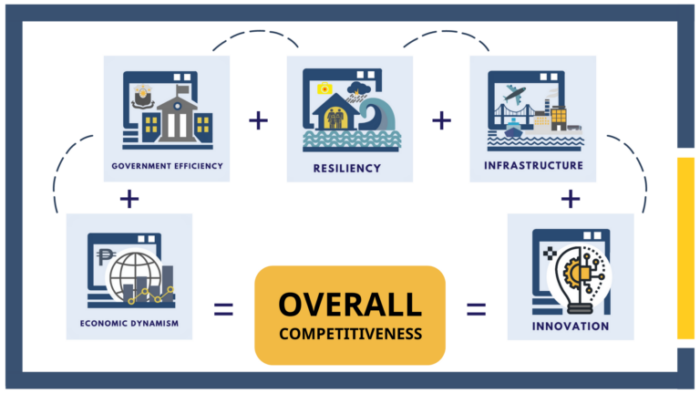
Cagayan de Oro City rose one rank higher as the 7th Most Competitive Highly Urbanized City during the 11th Cities and Municipalities Competitiveness Index (CMCI) Summit held September 28, 2023 at the Philippine International Convention Center.It was previously ranked No. 8 in 2022.
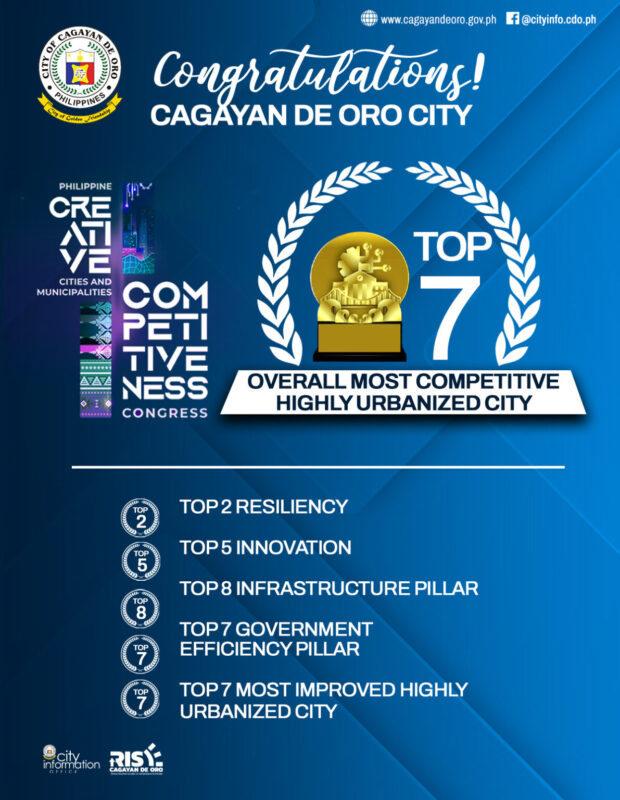
Cagayan de Oro also grabbed four special awards in four of the five CMCI Pillars: Resiliency (#2) Innovation (#5), Government Efficiency (#7), Infrastructure (#8) and Top 7 as Most Improved Highly Urbanized City.
“But what really lies behind these four abstract measures?” Luchangco asked. “Is it not the historical flow of centuries of silent labor of the Kagay-anons themselves, of their leadership, of their hybrid citizens, and of their commitment to education and betterment of their community life, nurtured by their own talents and energies, and blessed with the natural bounties of their riverine environment? What the scores really measure is the track record of the town’s growth from its small village nucleus, bursting at the seams of the town’s boundaries.”
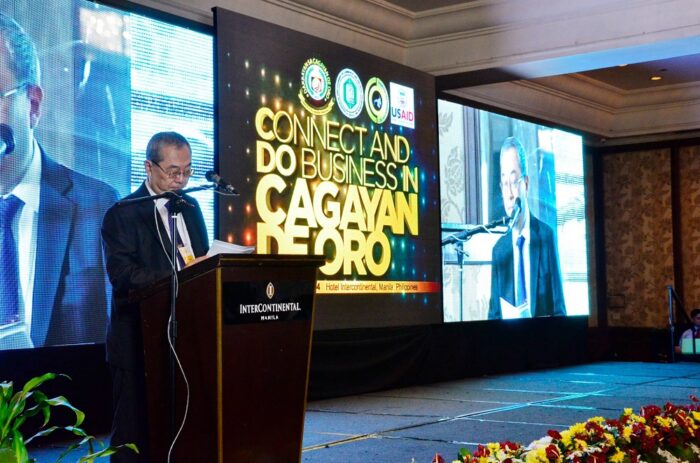
The pioneers of old Cagayan de Misamis have always been a mixed lot – Higaonons, Visayans, Tagalogs, Moros, Spaniards, Americans, Chinese, Japanese, Indians, and mestizos of various degrees and calibrations. All have contributed their lives, talents, and treasures for a brighter future of their communal heritage. The new visionaries are now capitalizing on what has always been germinating and mutating here, and adding their own imprint, creativity, and spin to amplify this remarkable ongoing transformation story, Casiño discerned.
“Cagayan River is now reasserting its centrality, revealing Datu Salangsang’s original panoramic vision that embraced the whole river valley — its right and left banks, its down-stream and up-stream segments, its valley floors and surrounding plateaus – as home and habitation for a forward-looking, friendly people. It is not without reason that Cagayan de Misamis is known and knows itself as the City of Golden Friendship.”
-30-
References
Jose Arcilla, “The Jesuit Letters and Mindanao.” Philippine Studies vol. 37 (1989), pp. 357-66.
Mike Baños, “Back Story: Xavier Ateneo eyes new Aggies campus at El Gaucho.” Mindanao Daily News, July 25, 2019.
Mike Baños, Two articles in the blog, “Metro Cagayan de Oro” highlighting the city’s urban expansion to Uptown Cagayan:
(a) “Guillermo D. Luchangco: Chamber honors Oro Visionary with Hall Dedication” [June 24, 2021]; and
(b) “Pueblo de Oro to invest P6-7B more, redevelop Township Uptown Pioneer shares vision for Makati of Cagayan de Oro” [June 29, 2021]
Miguel A. Bernad. Unusual and Ordinary. Biographical Sketches of some Philippine Jesuits. Quezon City: Ateneo de Manila University, Jesuit Communications Foundation. 2000
Eduardo S. Canlas and Ismael Getubig, Jr. et al. William F. Masterson: Brooklyn Jesuit Missionary and Development Visionary.
Eric S. Casino, “Three Modes of Governance for Mindanao, 1900-1920.” In Tambara, vol. 28, pp. 1-30. 2011
Antonio J. Montalvan II, A Cagayan de Oro Ethnohistory Reader. Prehistory to 1950. Cagayan de Oro: Legacy Sales and Printing Press. 2004
Oona Paredes, A Mountain of Difference. The Lumad in Early Colonial Mindanao. Cornell University Southeast Asia Program Publications. 2013
_____________________________________________________________________
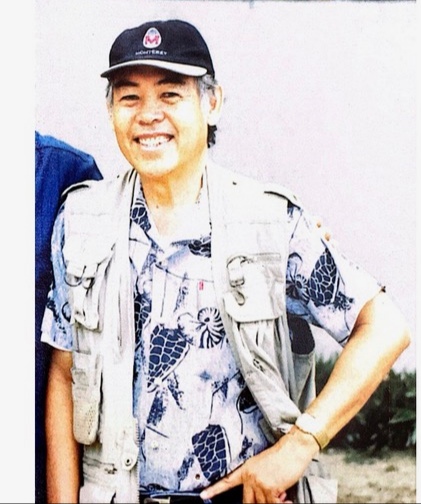
Dr. Eric S. Casiño was born in Cagayan de Oro and graduated from Ateneo de Cagayan high school (now Xavier University). He earned a Ph.D. in Social Anthropology from Sydney University, Australia. Specializing in Mindanao and Sulu history, culture, and society, he served briefly as chief anthropologist of the Philippine National Museum. He also was a consultant to the Mindanao Anthropology Consortium (MAC) formed by five Mindanao universities – Ateneo de Zamboanga, Ateneo de Davao, Notre Dame of Cotabato University, Mindanao State University, and Xavier University. Among his many books is Mindanao Statecraft and Ecology (Notre Dame University of Cotabato Press, 2000). He currently resides in Hawaii, but is about to retire and relocate to uptown Cagayan.
